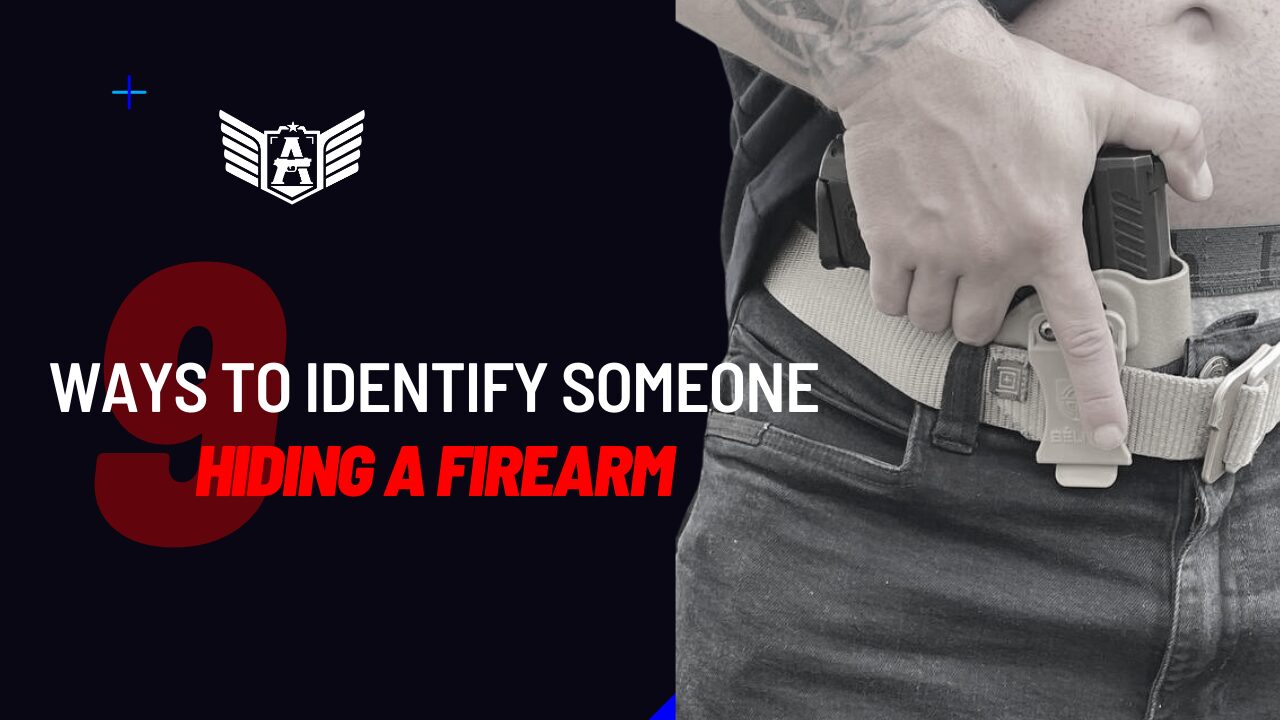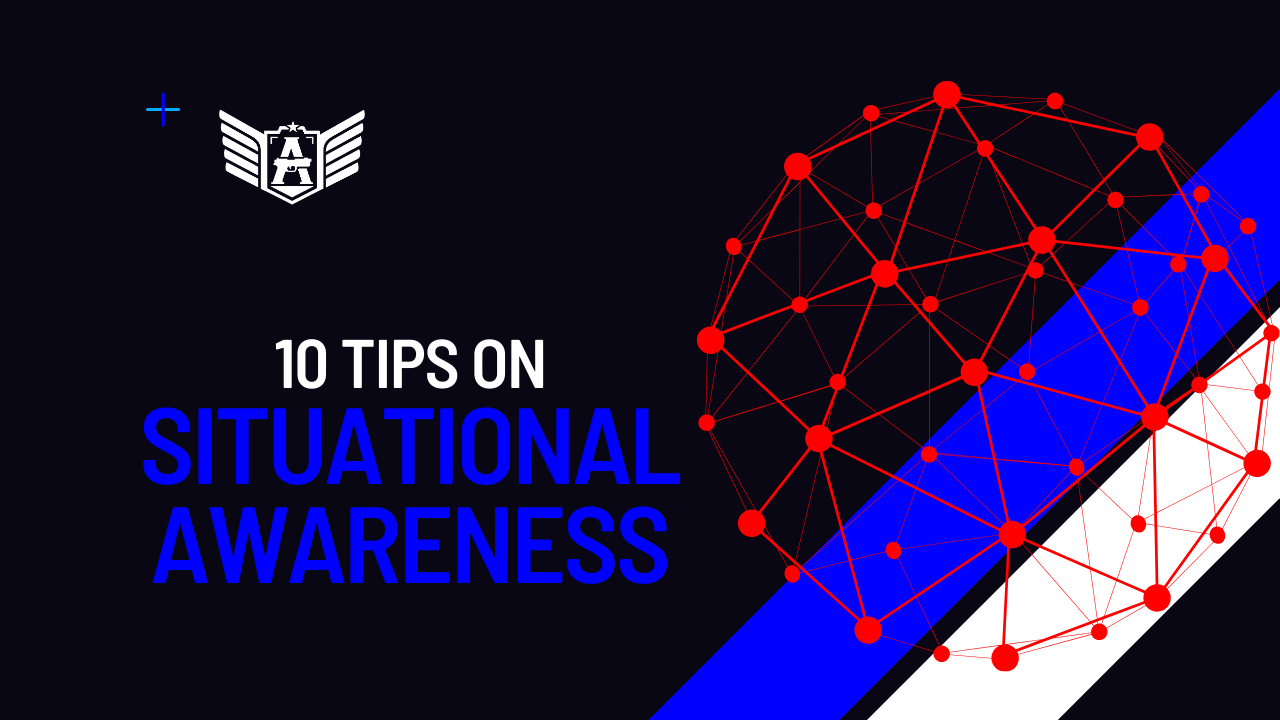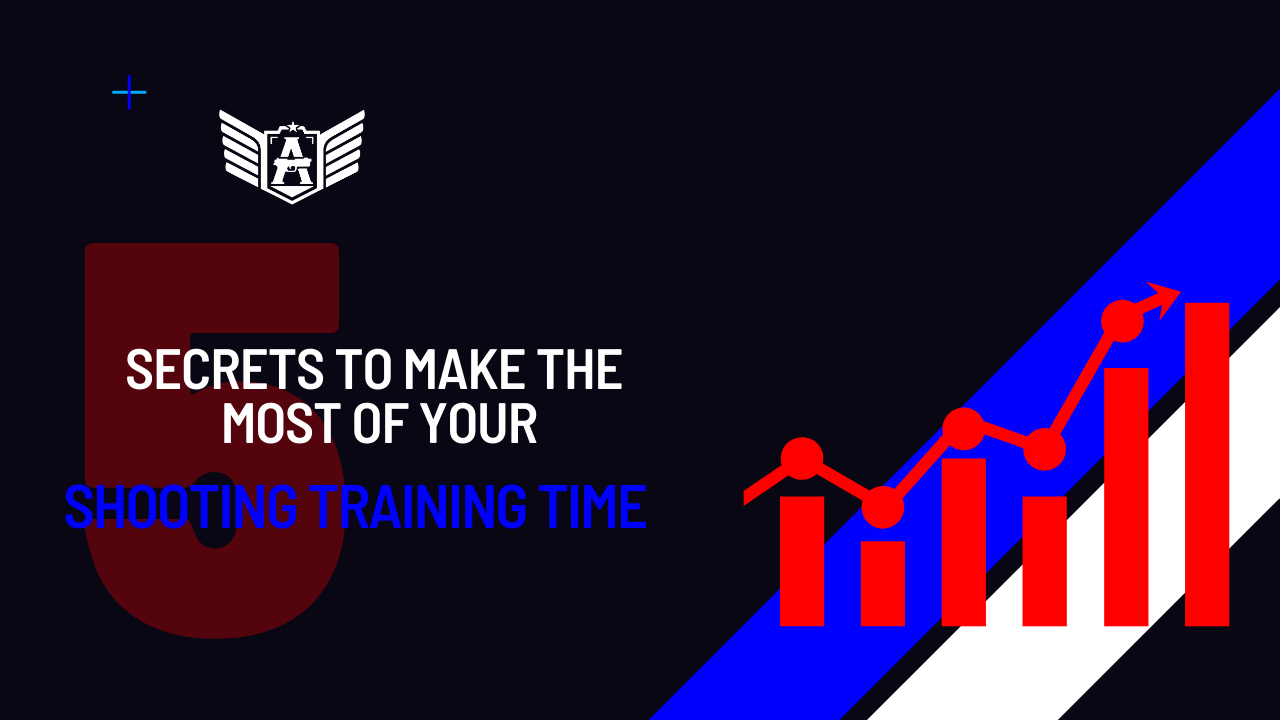Do you know how to identify people who are trying to conceal a weapon? If you have a high level of situational awareness, perhaps you have intuitively developed ways to detect if someone is carrying something suspicious. In this text, you will learn about 9 methods for identifying someone hiding a firearm, as outlined by authors Nathan Meehan, Christopher Strange, and Alexander Garinther in their article “It’s the walk, not the talk: Behavioral indicators of concealed and unholstered firearms carrying“.

Information is crucial in the decision-making process and, therefore, plays a significant role in improving your chances of surviving life-threatening situations. I teach my students to conduct their initial assessment of any environment in two steps: (a) identifying weapons and (b) locating entry/exit points. But how are they supposed to find these weapons?
Of course, if the weapons are visible, it’s straightforward. A knife in a kitchen, a stick on the street, or perhaps openly carried guns. However, when someone is concealing their weapons, it can be more challenging to uncover. Nathan Meehan, Christopher Strange, and Alexander Garinther, in their article “It’s the walk, not the talk: Behavioral indicators of concealed and unholstered firearms carrying” have provided us with 9 behavioral indicators related to the physical mass of a gun.
Let’s delve into them:

- Security perception. This term refers to individuals carrying items they perceive as valuable and are worried about losing. A person may frequently touch the valuable item (such as a firearm) to ensure they still possess it. This behavior can involve touching the gun with their hand, elbow, or another body part, depending on its location. It may also include lightly tapping the area with their fingers or gently patting the concealed weapon. Another purpose of security perception is to ensure the firearm remains hidden by clothing or another method while standing or walking. This behavior is not exclusive to individuals carrying firearms and can also be observed in those concealing other high-value items, such as money, jewelry, cameras, illegal drugs, or edged weapons (e.g., knives, straight razors, box cutters). The location of this behavior on a person’s body depends on where the valuable item is hidden.
- Altered stride. When a gun is carried in a pants pocket or the front waistband, it may impede leg movement on that side of the body or cause the person to have a shorter stride on one side. Instead of a shortened stride, a person carrying a concealed gun may exhibit an altered stride, making their gait appear unnatural in some recognizable way. This alteration may involve not only forward movement but also side-to-side motion resembling a ‘waddle.’ Observers may notice brief interruptions or changes in the rhythm of a person’s stride over longer distances. This behavior may occur as the individual attempts to conceal the weapon, restrict its movement to prevent dropping it, or adjust its position on their body.
- Restricted arm swing. When walking, a person’s left and right arms typically swing consistently and symmetrically. However, when carrying a gun in or out of a holster at the waist, they may hold their arm or elbow against the weapon to control it and prevent it from falling out of the waistband. This behavior, known as a ‘dormant’ or ‘dead’ arm, is particularly noticeable when running. Observers may also see a person holding one hand directly over the firearm, in a pocket, or tightly against the body while running.
- Belt or pants adjustments. Most legally and illegally carried firearms are positioned on the waistline, with legally carried firearms in a holster and illegal ones tucked into the belt. When a person sits, stands up, or exits a car with a gun on their belt, they may adjust the belt and the gun to accommodate any shift. This adjustment involves sliding the hands from the lower hip to the belt and pulling it up, similar to hitching a belt. Subjects carrying a gun tucked into their belt may also tighten the belt to prevent losing the weapon.
- Gun repositioning. Due to their weight, guns tend to shift during movement, potentially hindering quick access. Subjects may reposition the gun to ensure accessibility, involving circular or lifting movements with the hand, palm, or forearm outside of the clothing to adjust its position. Repositioning behaviors vary depending on how the gun is carried and its balance, with shifting occurring based on factors such as construction materials. Repositioning may also involve reaching into a pocket or pushing up on the muzzle with one or two fingers.
- Fabric stress. If a gun is concealed inside a coat pocket, the weight may create a crease or fold in thin fabric, particularly when there is no counterbalance on the other side of the jacket.
- Printing. When concealing a handgun on the hip or inside a waistband, a subject may wear their shirt over the gun but not tuck it into the belt, allowing easy access to the weapon. Depending on the gun’s size and how it is secured, it may create a visible silhouette under the clothing.
- Adjusting clothing. A subject may adjust their clothing to ensure the weapon is covered or concealed, pulling down on clothing where printing occurs or pulling the shirt away from the weapon and body.
- Body orientation (blading). Blading involves adjusting the body based on the perceived threat, aiming to shield or conceal the gun and facilitate drawing it. Subjects may carry a firearm on their dominant side and position it away from an observer or approach them while blading. This orientation may also involve positioning the dominant side about one half step back from the other side of the body.
These 9 indicators, of course, are not exhaustive, but they provide a solid starting point for identifying someone concealing a weapon. Understanding the significance of situational awareness in your defense strategy, it’s essential to incorporate these items into your checklist whenever you enter a new environment or encounter someone exhibiting suspicious behavior.
In addition to these indicators, it’s crucial to remain vigilant and observant of any unusual behavior or signs that may indicate concealed weaponry. Look for subtle cues such as changes in posture, furtive glances, or nervous movements, as these can often reveal more about a person’s intentions than overt actions.
By incorporating these behavioral indicators into your situational awareness toolkit, you can better assess potential threats and take proactive measures to ensure your safety and security in any setting. Remember, prevention is key, and being proactive in identifying and addressing potential risks can significantly enhance your ability to navigate potentially dangerous situations safely.
Meehan, N., Strange, C., & Garinther, A. (2020). It’s the walk, not the talk: Behavioral indicators of concealed and unholstered firearms carrying. The Police Journal: Theory, Practice and Principles, 0032258X2096077. doi:10.1177/0032258×20960777





